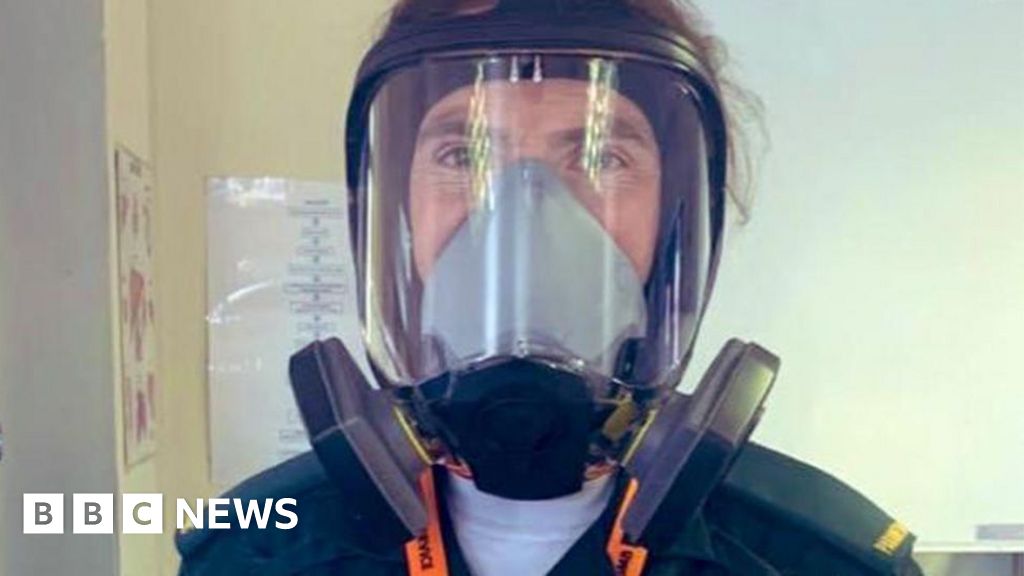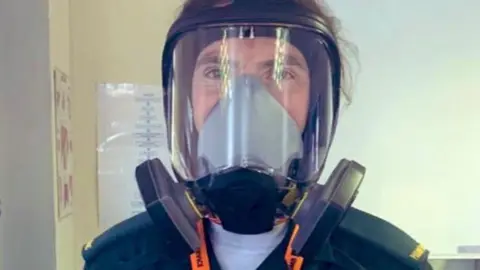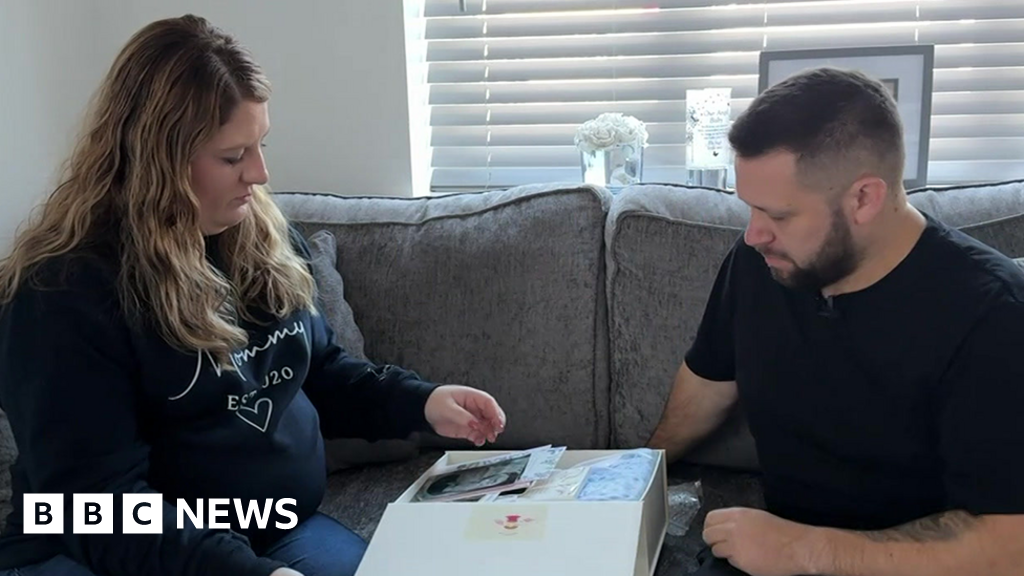
Ambulance crews ‘faced crucial delays’ putting on PPE in Covid
- Health
- October 1, 2024
- No Comment
- 91
 Mark Tilley
Mark TilleyAmbulance crews faced crucial delays trying to save dying patients in the pandemic because of the time it took to put on protective equipment, the Covid inquiry has been told.
Ambulance technician Mark Tilley appeared close to tears when he described how the experience still “played on his mind”.
“I bottle things away. I’m told quite a lot of times I’m cold. I just deal with it in the way that I deal with it,” he said.
During the pandemic, some ambulance staff moved into budget hotels for weeks at a time to avoid putting family members in danger, he added.
‘Nothing to eat’
Mr Tilley, who works for South East Coast Ambulance Service, was giving evidence as a representative of the GMB union.
In January 2021, at the peak of the winter wave of the pandemic, he volunteered to move to Sittingbourne, in north Kent, for three weeks, along with 40 colleagues.
A new variant of Covid which appeared to transmit more quickly had recently emerged in the area, and hospitals were coming under increased pressure.
He told the inquiry that, on one occasion, he had to queue in his ambulance outside A&E for an entire ten-hour shift because there was not enough room to transfer a “heavily deteriorating” patient into the building.
“We’d run out of oxygen, so we’d had to scan the hospital to try and find [more],” he said. “We ordered pizza to the vehicle because otherwise we wouldn’t have had anything to eat.”
Because of lockdown rules at the time, volunteer ambulance crews were sleeping in a budget hotel, with some deciding not to return home to avoid placing family members in danger.
“You had nowhere to go, so it was just the facilities that were there: the television and a phone,” he said.
“You had 12 hours [after your shift] to mull over what you’d been seeing; the queues at the hospital, the poor patients.”
 Covid inquiry
Covid inquiryIn his testimony, Mr Tilley described arriving at residential homes where patients were dying “inside the front window or on the pathway”.
Under guidance, paramedics and other ambulance staff were told they had to wait until arriving at the scene before they could put on plastic Tyvek suits and protective hoods or masks.
He said that could cost crews a crucial minute and a half before they were able to start treatment: “I would have normally gone over and started bouncing up and down on their chest [to perform CPR].
“But [instead] we went and got our masks and suits on and all of that – that plays on my mind all the time.
“For me, you can’t change history no matter what you talk about, it’s history. We can’t change it.”
Council to the inquiry Alice Hands said research commissioned by the inquiry had revealed similar accounts, with other ambulance crews saying they were “forced not to intervene… and watch people die” while they put on equipment.
In his evidence, Anthony Marsh, national ambulance adviser to NHS England and former chairman of the Association of Ambulance Chief Executives, said he was aware of those concerns at the time and did raise the matter with senior colleagues.
But he said allowing crews to put on PPE when they were travelling to the scene to cut the total response time would “not have been safe”.
#Ambulance #crews #faced #crucial #delays #putting #PPE #Covid










